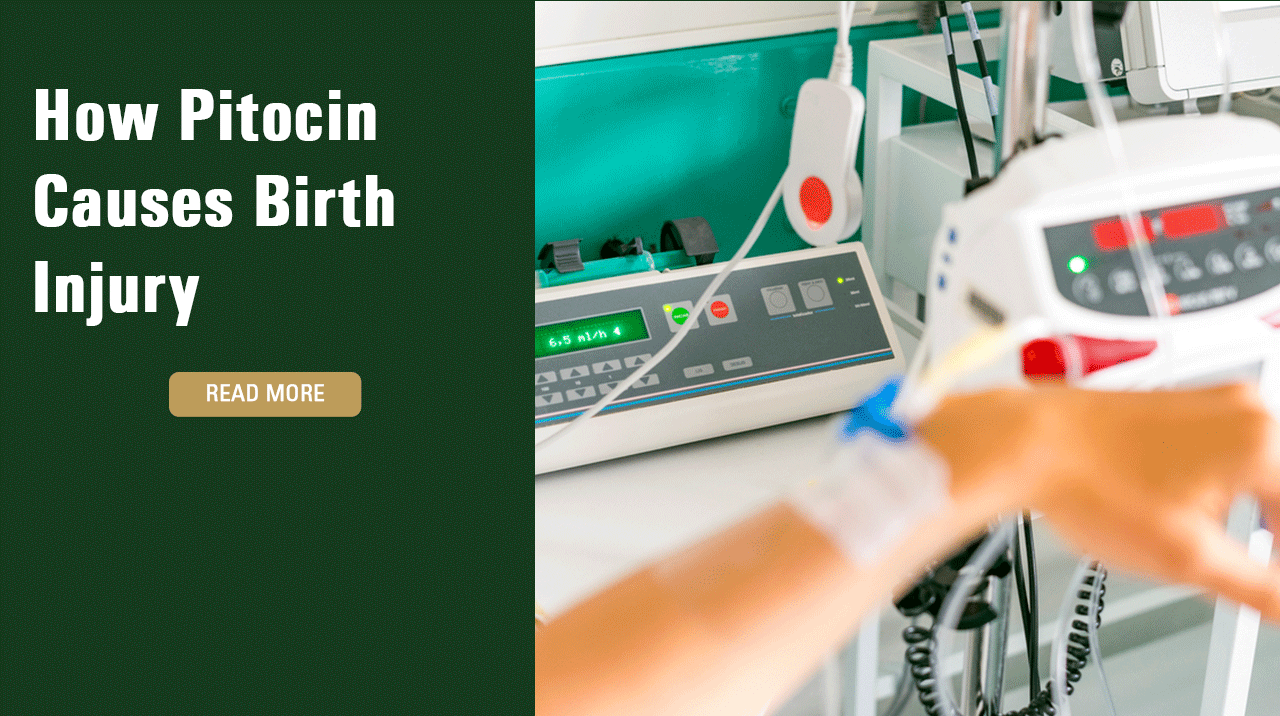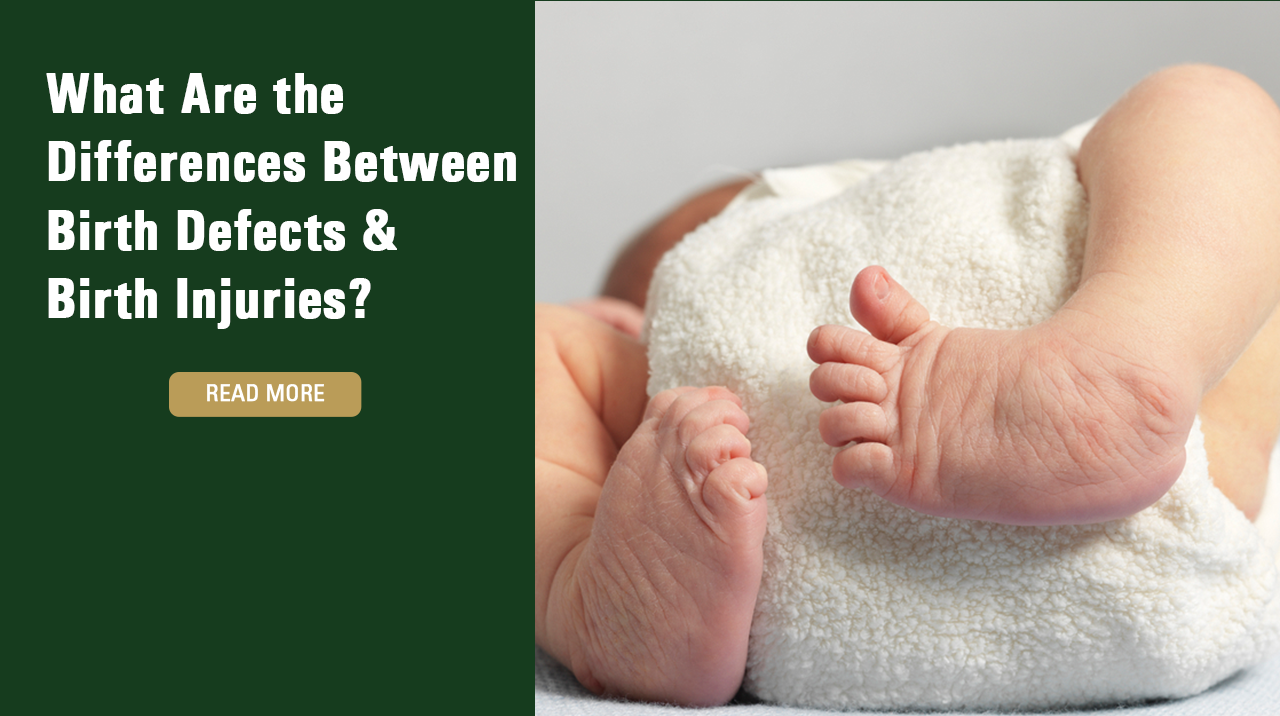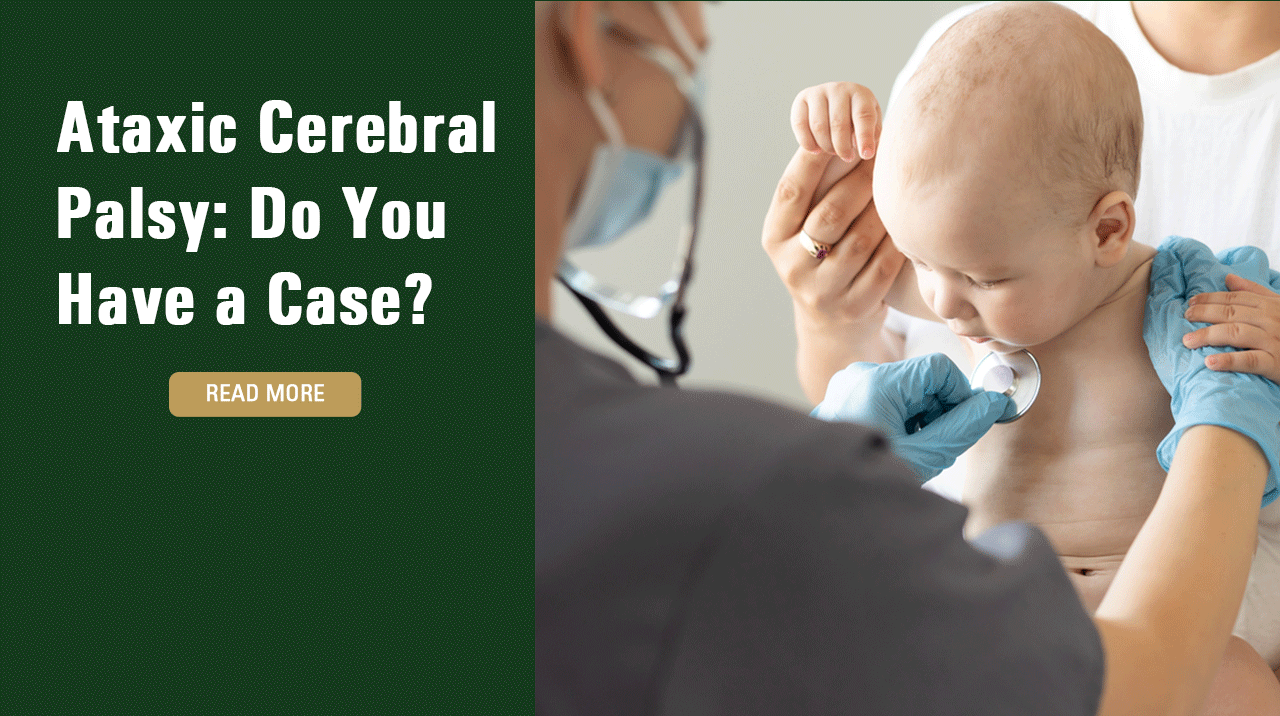
How Pitocin Causes Birth Injury
At the end of a pregnancy, the mother’s body will begin producing a hormone named oxytocin. This substance causes the uterine walls to contract and leads to labor and the baby’s delivery. If a woman’s baby is late or her labor is not progressing as quickly as it should, her labor might be induced by […]




